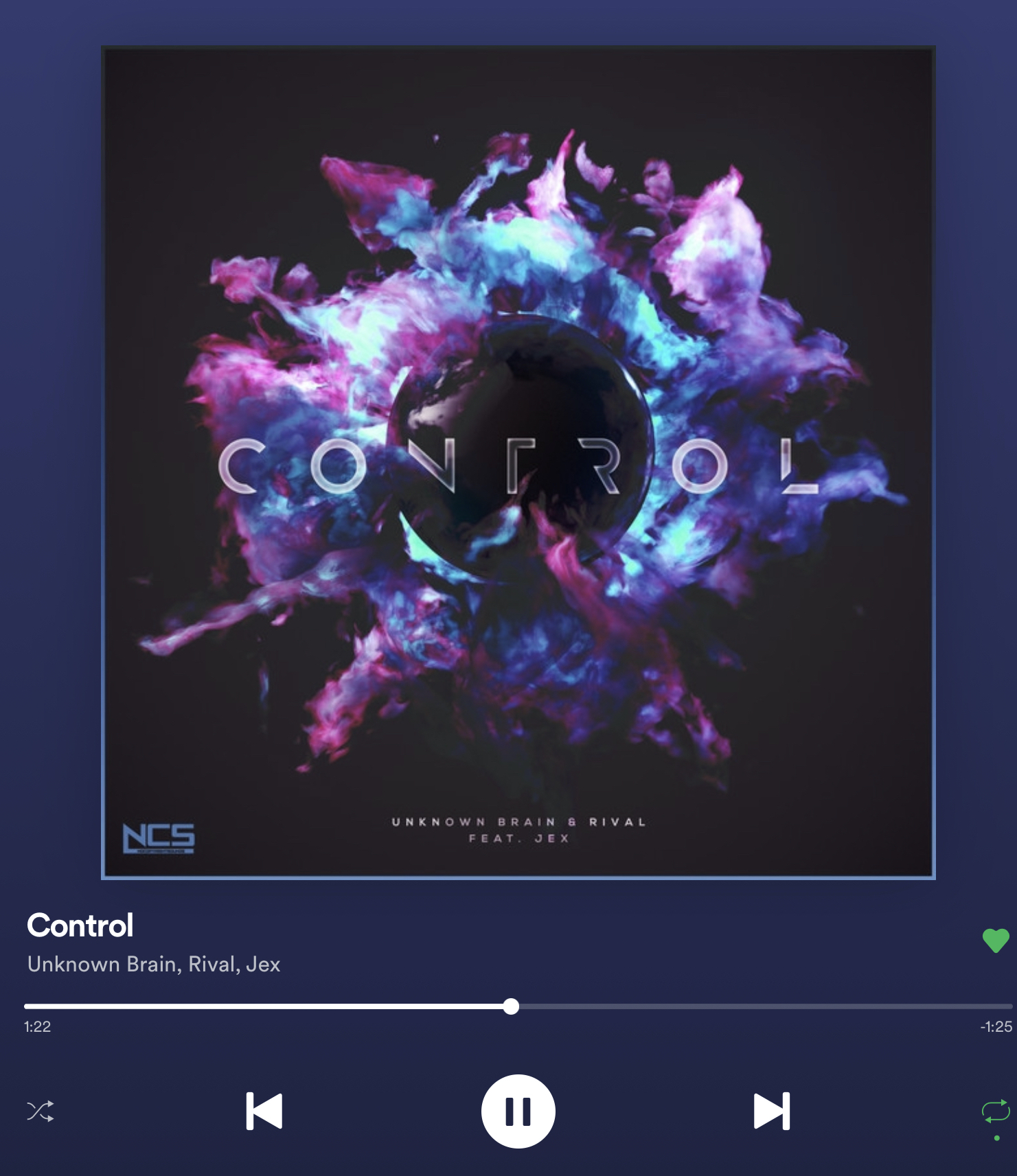Week Four

The exams continued this week, till the 29th. It went well for the most part, except maybe one particular exam. Because I was busy preparing for that, I got delayed writing this blog by a couple of days. But anyway, now that I am here, let’s get started.
Primarily, in this week, I completed the formalisation of all the demo features that I had worked on throughout the first month of coding period of GSoC. What that means is basically that I now not only have a separate repository with complete demos of each of the features, but I have also created 3 different branches corresponding to each feature and committed to my fork all the 1242 lines of code that I want to add. I will be creating PRs for each branch before the evaluation deadline on Friday, 3rd July so that the code can be reviewed by other members. I haven’t created PRs yet, simply because of the persistent issues with the build failures that are happening across different branches, and I wanted to wait till those are fixed. I have discussed some of the issues with my mentor via IRC, that solved some of the problems I had. But, I still have 2 open issues, namely #2439 and #2444, which would need some more extended discussions before I can integrate some changes to get the entire code working for the Unpooling layer and also some opinions would obviously be required about the re-design of the ANN loss functions module that I would be presenting. Because of the possibility of extended discussion involved, I am not entirely sure whether they would get merged before the coding period ends. But, atleast from my side, they are mostly ready and require only minor change possibly, which I expect won’t interfere when I start working on other features during the next month of the coding period.

Apart from this, I spent some time on understanding the difference between the Instance Norm and Batch Norm layers of PyTorch. Some of the experiments I tried out can be seen from this Google Colab notebook.
I am including some images below to illustrate one of the important conclusions I reached. For a single randomly generated image, Instance Normalisation works as good as Batch Norm, with very minor performance improvements. Effectively, both of them are able to generate nearly perfect Gaussian normal distributions of pixel values.

First, I take a randomly generated image.

Then I pass that image through a Conv-Norm layer combination.

For perspective, this is what they look like when plotted together.
Batch Norm (white) is almost perfectly eclipsed by Instance Norm (magenta).
These results helped me verify the mathematical formulae in the paper, because from the formula for each of the normalisations, it can be clearly seen that it is expected that the results of the 2 normalisations are supposed to be very similar. The Instance Norm layer is primarily useful for specific tasks like image generation and possibly even image discrimination as discussed in this paper.
I will start working on the Forward() method of this normalisation layer in the next week, and once that is completed I would move on towards understanding and implementing the Backward() method.
With that, I am done discussing all the stuff I did this week. Coming to song recommendations for the week, here is one that I have been listening to a lot lately.

Control by Unknown Brain & Rival ft. Jex
See you next week!
XOXO
